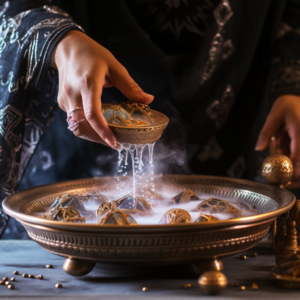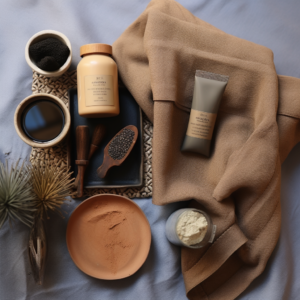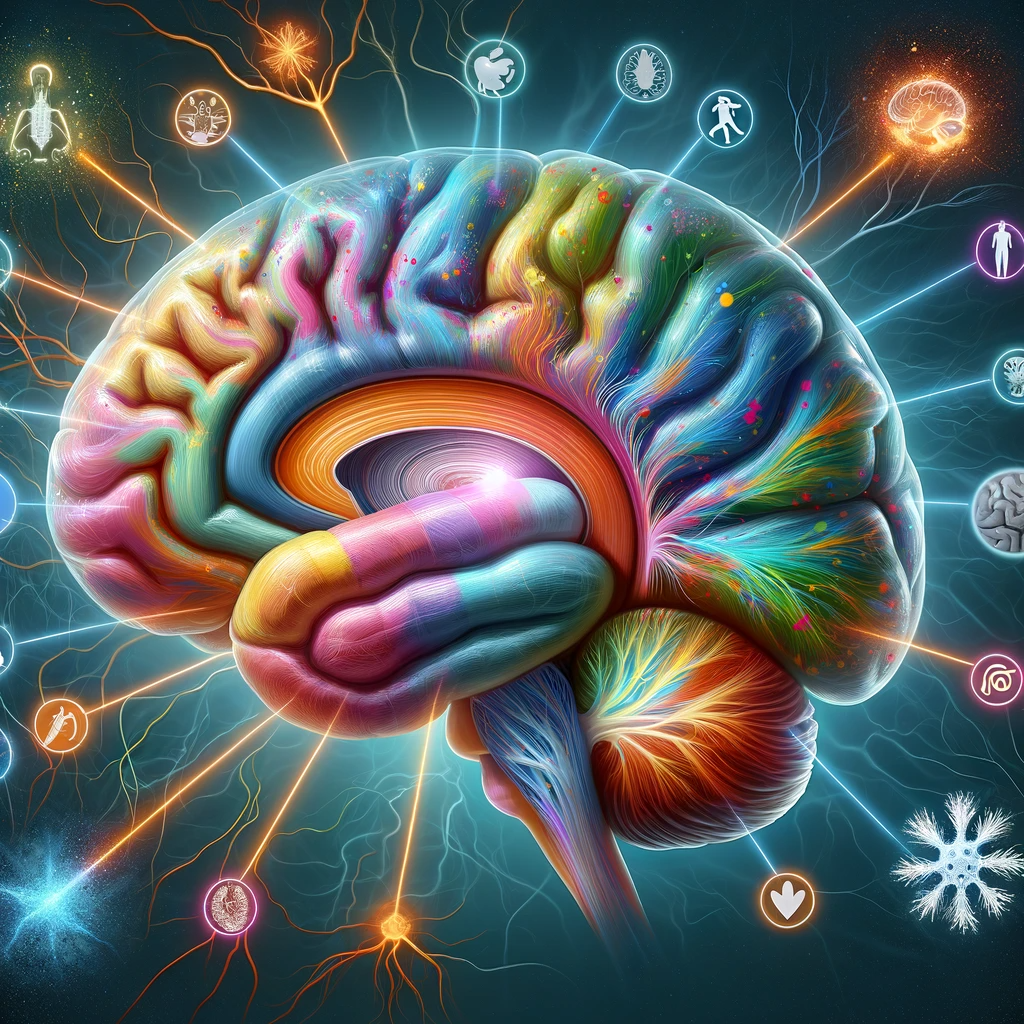For centuries, civilizations have revered the therapeutic wonders of water and heat. Among the most iconic embodiments of this ancient wisdom is the hammam, often referred to as the “Turkish bath.” But beyond its intricate mosaics and aromatic vapors, the hammam holds profound implications for both physical and mental health. Let’s embark on a journey to understand the science behind the hammam and how its rituals can be incorporated into modern wellness regimes.
Hammam: A Historical Healing Hub
The hammam, rooted in Middle Eastern and North African traditions, has origins tracing back to Roman and Byzantine times. It evolved to incorporate elements from both the Roman bathhouses and the Islamic emphasis on cleanliness. Today, it stands as a space not just for cleansing but for community, relaxation, and rejuvenation.
Physiological Benefits: The Body Revived

- Skin Detoxification: The heat opens up pores, facilitating a deep cleanse as water sweeps away impurities. This process can aid in reducing acne, boosting skin health, and promoting a radiant complexion. According to a study in the Journal of Dermatological Science, heat exposure can increase blood flow to the skin, fostering cellular repair and renewal1.
- Improved Circulation: Just as in saunas and steam rooms, the warmth of a hammam can boost blood circulation. Increased circulation aids in muscle recovery, reducing soreness and promoting overall physical well-being2.
- Joint and Muscle Relief: The heat, coupled with the traditional massage (often using the ‘kessa’ glove), can alleviate muscle tension and joint pain. A study in The Journal of Rheumatology found that heat therapy had beneficial effects on pain and stiffness in patients with rheumatoid arthritis3.
Psychological Benefits: Mind at Peace

- Stress Reduction: The hammam serves as a sanctuary from external chaos, a space where the mind can truly unwind. The combination of heat and the rhythmic pattern of water droplets can induce a meditative state, reducing levels of the stress hormone cortisol4.
- Enhanced Sleep Quality: Heat relaxation, as experienced in hammams, can be instrumental in improving sleep quality. According to a publication in Sleep Medicine Reviews, warm baths in the evening can optimize one’s circadian rhythm, leading to more profound, restorative sleep5.
- Community and Connection: Historically, hammams were not just places for individual relaxation but communal bonding. Engaging in meaningful conversations and shared experiences in such serene environments can foster a sense of belonging and emotional well-being.
Protocols for the Modern-Day Hammam Experience

- Basic Hammam Routine:
- Begin with a warm shower.
- Progress to the steam room for 10-15 minutes.
- Exfoliate the skin using a kessa glove or similar tool.
- Conclude with a cool rinse and relax with herbal tea or water.
- Hammam with Clay Mask:
- Follow the basic routine until exfoliation.
- Apply a natural clay mask (like Rhassoul clay) to the face and body.
- After 10 minutes, rinse off in the steam room.
- Finish with a cool shower and moisturize the skin.
- Extended Hammam Experience:
- Begin with the basic hammam routine.
- Post-exfoliation, receive a traditional massage using essential oils.
- Conclude with relaxation in a lounge area, hydrating and practicing deep breathing.
Conclusion
The hammam is not just a historical artifact but a living testament to the intertwined nature of physical and mental health. As we usher in an era of holistic wellness, embracing practices like the hammam can provide a well-rounded approach to health.
Note: Before implementing any hammam-inspired routines, always consult with a healthcare professional to ensure it’s appropriate for your health status.
This article is meant to serve as an informational guide and does not replace professional medical advice. Always ensure treatments and practices are suitable for your specific health needs.



